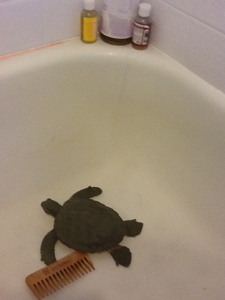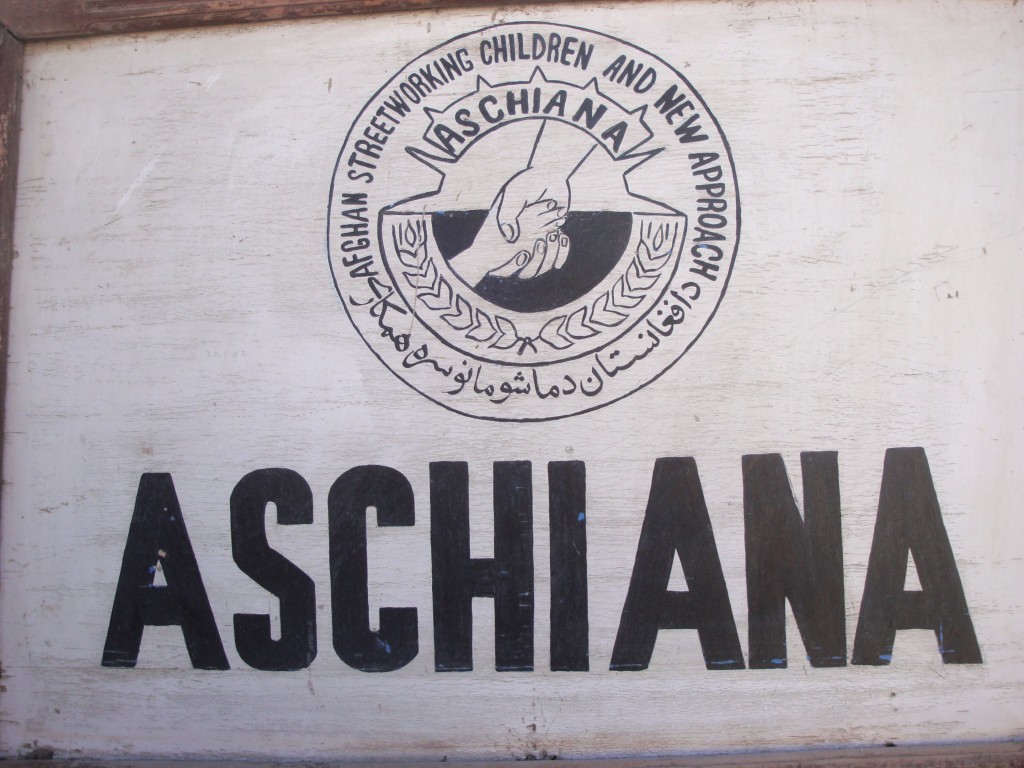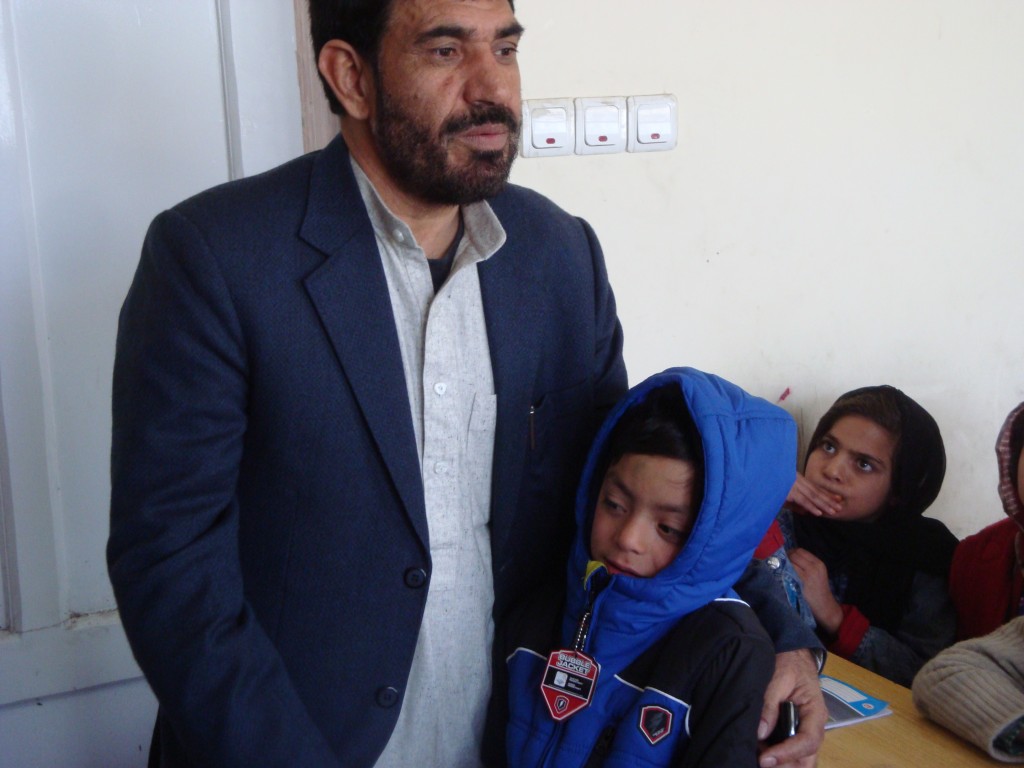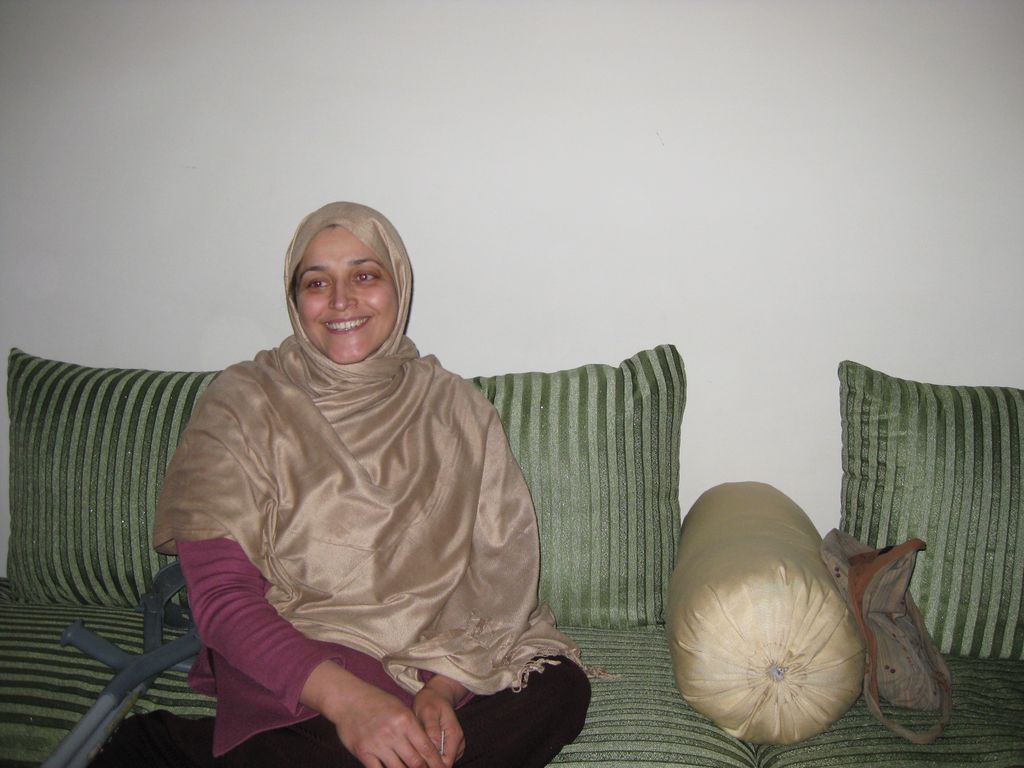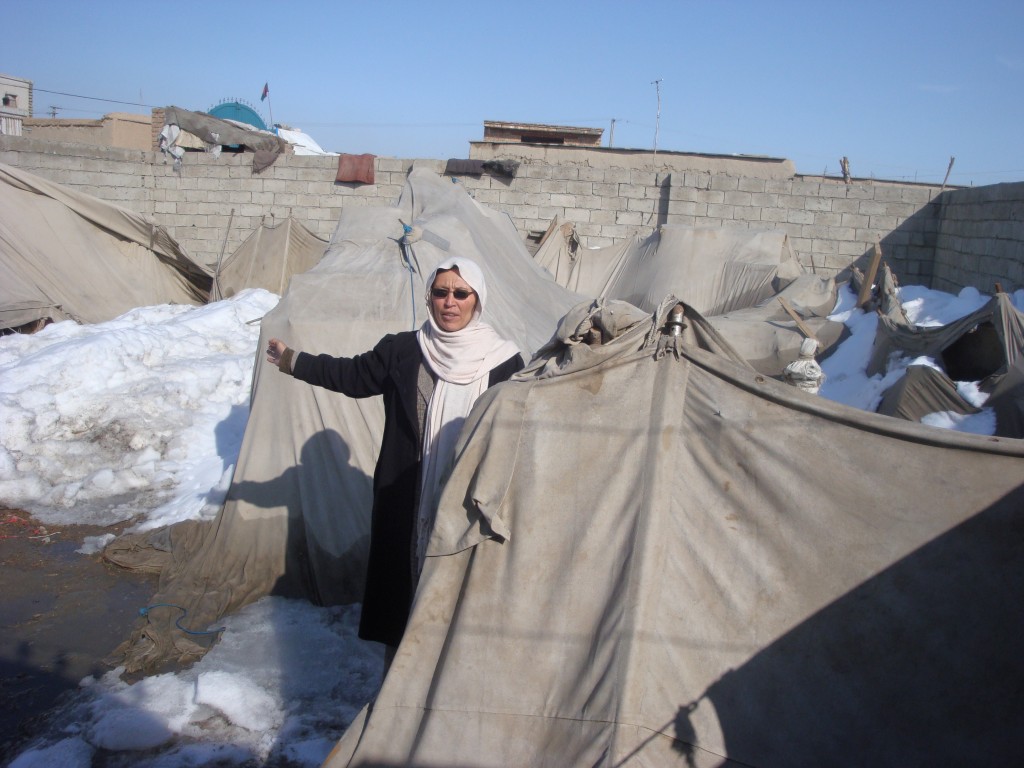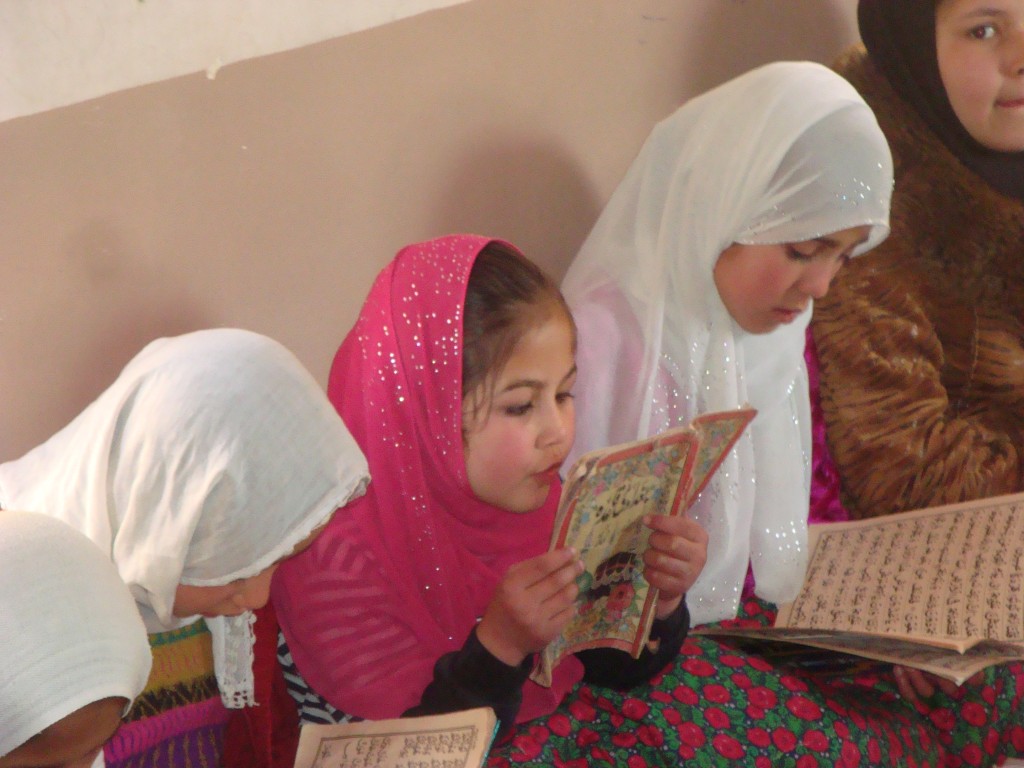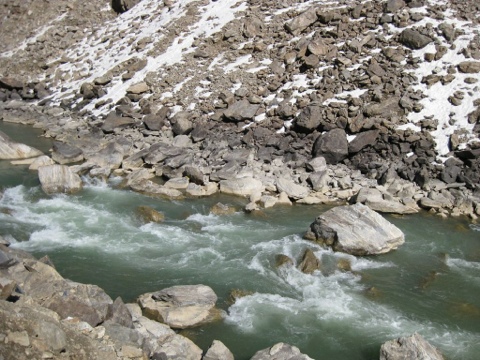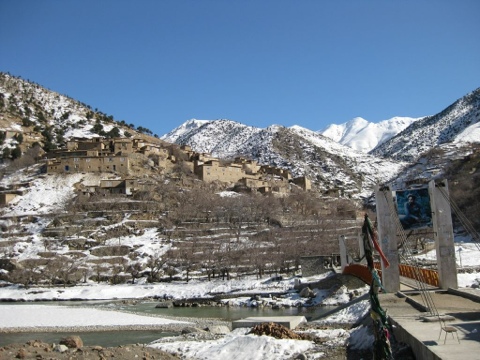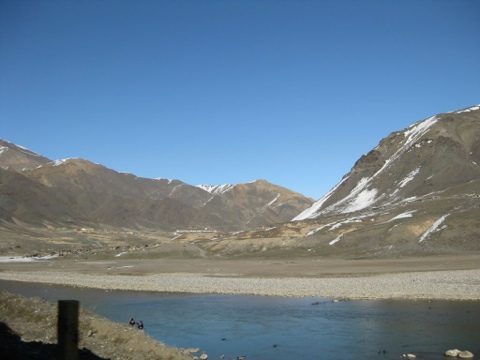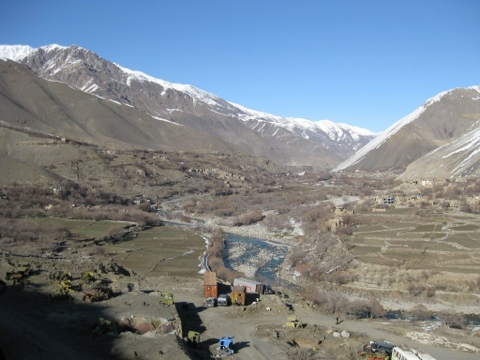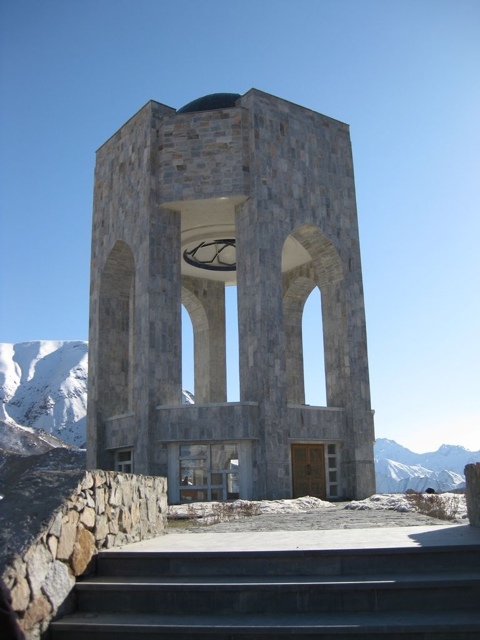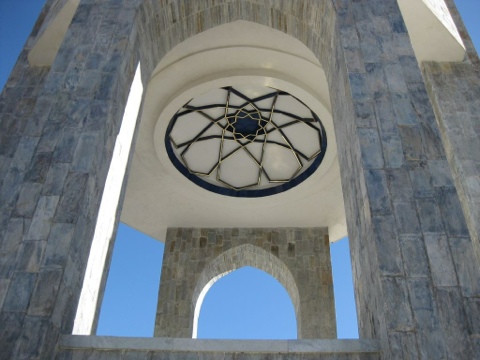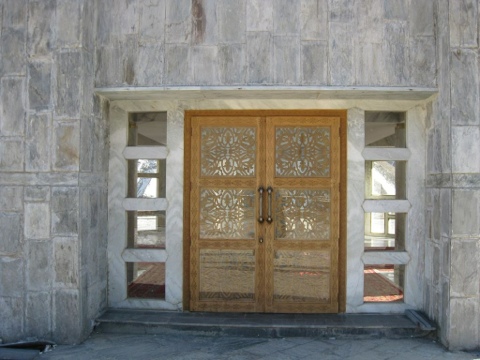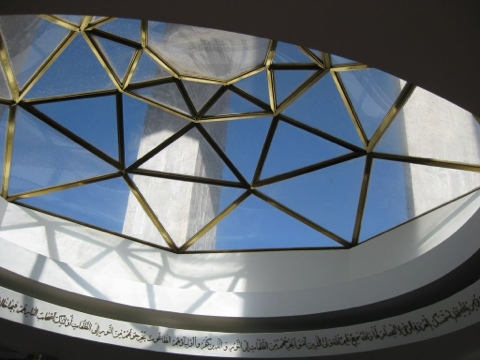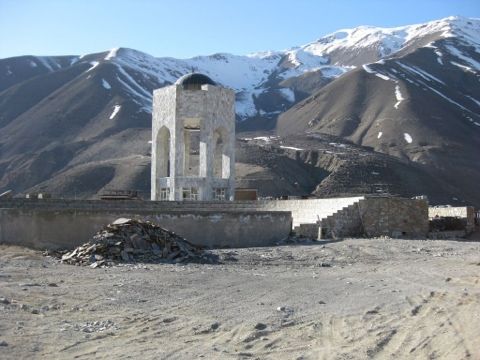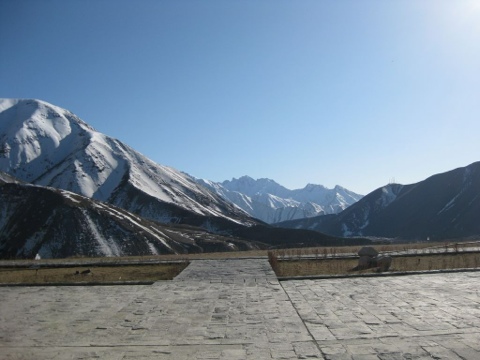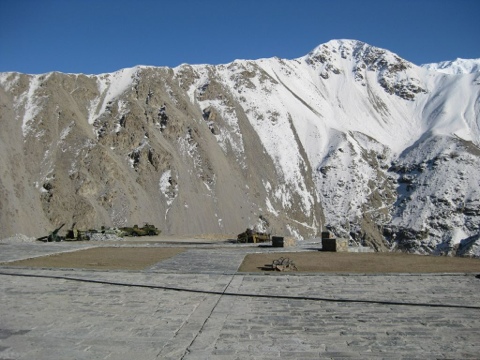My mother is a nurse at San Quentin State Prison. She’s worked there for 4 years but for security reasons I’ve never had the opportunity to visit her there. This weekend a group of San Quentin inmates and staff partnered with Avon for a walk to end Breast Cancer in the San Quentin Yard. This is one of very few opportunities for inmates to interact with civilians. We didn’t really know what to expect going in.
First there were some ground rules: we weren’t allowed to take anything in except our IDs and car-keys. We weren’t to take anything out with us either. When interacting with the ‘men in blue’ the only physical interaction allowed was a handshake. We were also reminded never to run on grounds as the gunmen in the towers were instructed to shoot anyone running. When we walked in and the bars clanged behind us there was no doubt that we were in prison.
In the yard (which my mother can see from her office), men were lifting weights, playing tennis and basketball and generally enjoying what turned out to be a very nice day. It didn’t feel all that different from a very ghetto park, except with more barbed wire, and everyone had on blue (except the other walkers in pink shirts and the guards). As we sat in a back room we were told that there was a delay with the opening ceremony as we were waiting for prisoners to be let out of lockdown.
After meeting the inmates involved in SQ CARES, we took one silent lap around to remember those we’d lost to the cancer. We were told that 5 laps around the baseball field was 1 mile. While we wouldn’t be able to complete the 39 miles because we were only allowed on grounds for a few hours, the inmates would do just that over the 2-day weekend.
As we walked, men began to recognize my mother, their nurse. The first man who walked some laps with us had seen my mother for some back problems he’d been having. My mother told him we had waited for some guys to get let out of their cells, ‘Who was on lockdown?’ she asked. ‘Whites’ he answered. As he said this, I noticed how racialized the yard was. There were maybe a couple hundred men around, the vast majority of whom were African-American. There were a few whites, latinos and Asians but mostly black men socializing with other black men.
After a bit, a man about my age (mid-twenties) asked if he could walk with me. He told me about his favorite music (Tupac) and I tried to keep up with the conversation as he talked about Rap and Hip-Hop artists he liked. I noticed that some of the men in the yard had discmen with headphones in. He said they could borrow cds from the library and he had some friends who had lent him different albums. I noticed that most of the songs he mentioned were popular in the mid-ninties, making me wonder how long he had been incarcerated. But after a few laps I think he realized I was mostly a pretty boring nerd and wandered off to walk with someone else.
Most of the rest of the time I walked with a man named ‘Luke’ who initially asked me for a quote, he was on staff at the San Quentin Newspaper. He walked around with a handheld wordprocessor which he typed with one hand. I learned that had also played Hamlet in a recent play (recorded by KQED). I talked to him for for some time, he was very well versed on current events and had interesting things to say about Barack Obama, Governor Jerry Brown and the state of the American economy. When I told him I was in Computer Science he told be about a project he had been working on. Like any newspaper there were always some articles that were submitted but unpublished. He said he wanted to start a website to put up the articles that couldn’t get published in the newspaper, so that the people could feel like their words weren’t going to waste. I told him a little about HTML and that I would do what I could to help him, though this might not be very much, since I couldn’t exactly come in and get a flash drive from him.
The walk ended with a closing ceremony on a small stage in the middle of the field. There were announcements as we’d reached the $10,000 goal and some prisoners performed a rap they had written about walking to fight breast cancer. The experience was truly unique. I certainly had many moments of anxiety, but unlike my experience in the Afghan refugee camp, I was with my mother. She knew all the guards (who joked with her about her chronic tardiness, CPTime), all the inmates who knew her were happy to see her, and we kept the mood light, in intense environment.
When I got home to my computer, I realized that San Quentin News was already online at SanQuentinNews.com but Luke didn’t know because they didn’t have internet access on grounds. While I was online researching San Quentin News I started to look up what these people had done to end up in San Quentin, but I stopped myself. Remembering that the worst thing you do is not the truest thing about you, and that these moments we shared were as true as any others.


